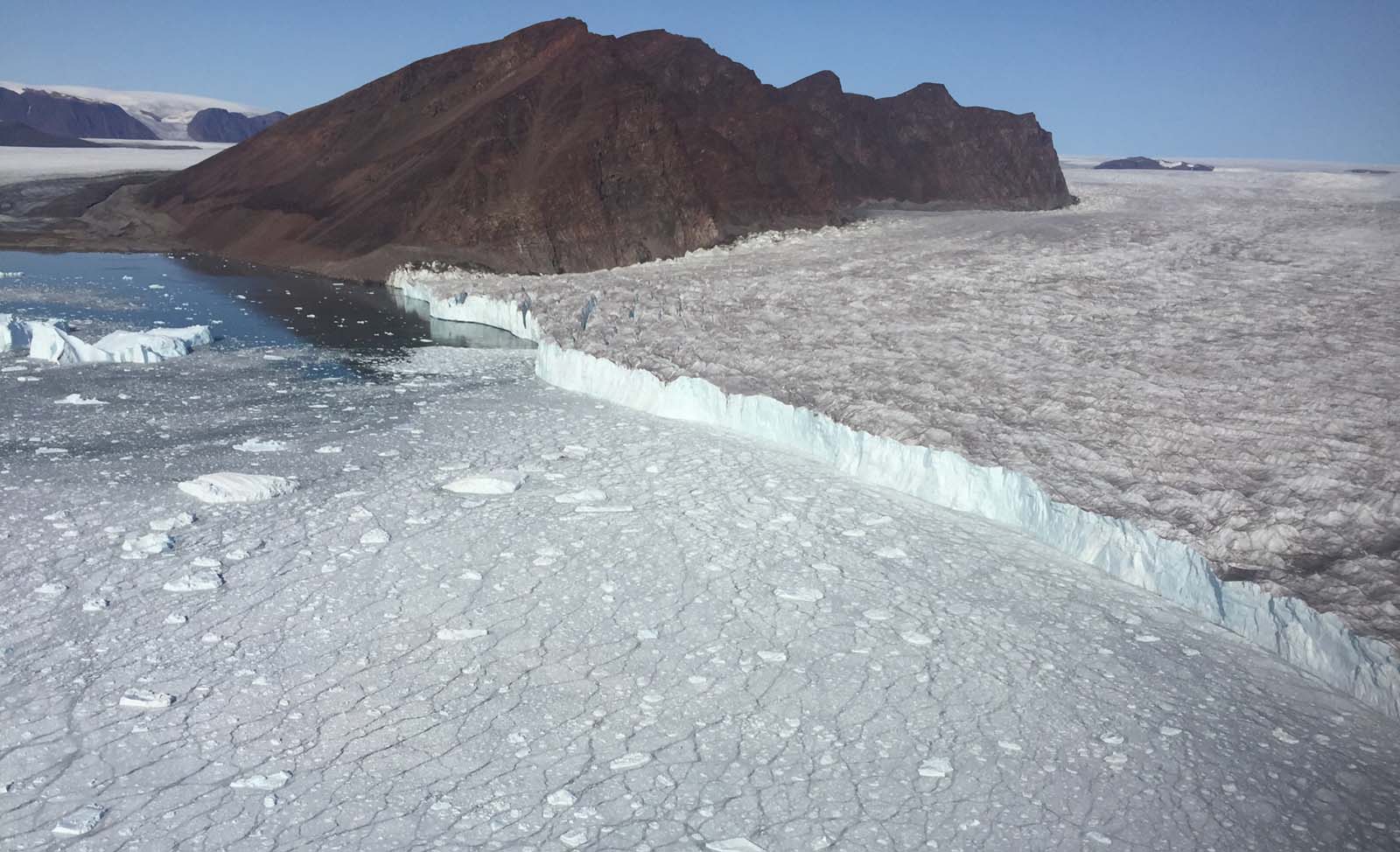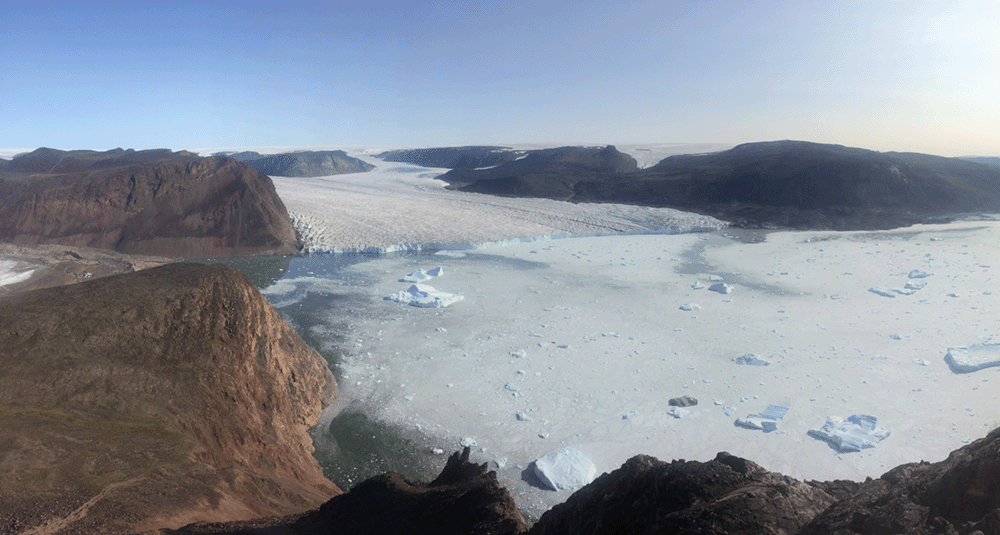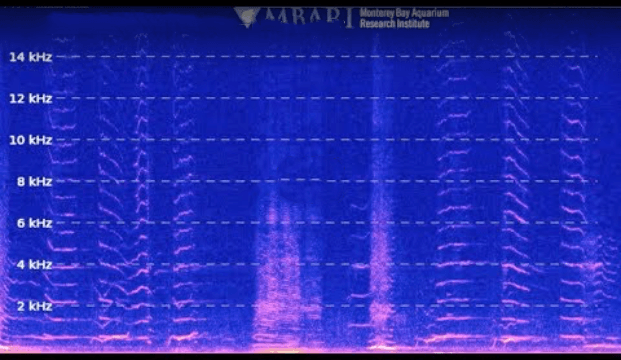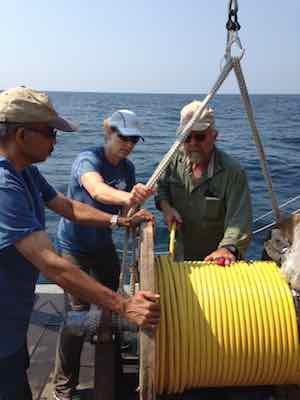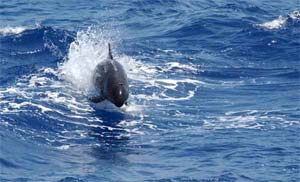Glacial Calving in the Arctic Produces Record Source Levels – March 15, 2022
Iceberg calving is a natural process, occurring when a rift opens in the edge of a glacier, caused by wind or water erosion, melting ice, or other events, resulting in an iceberg breaking away and falling into the ocean. The rate at which icebergs calve from glaciers increases with increased air and water temperatures. Polar [...]
